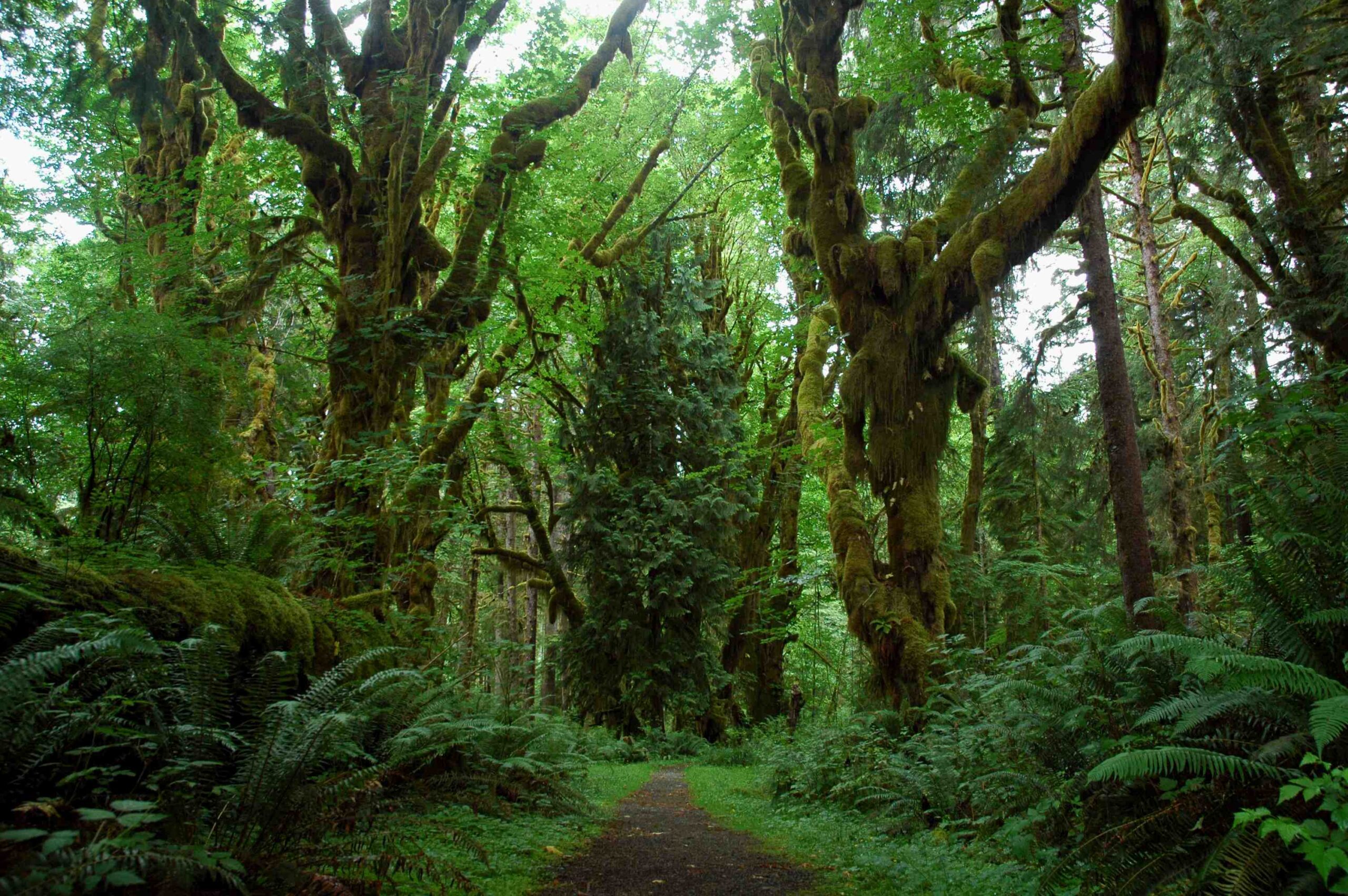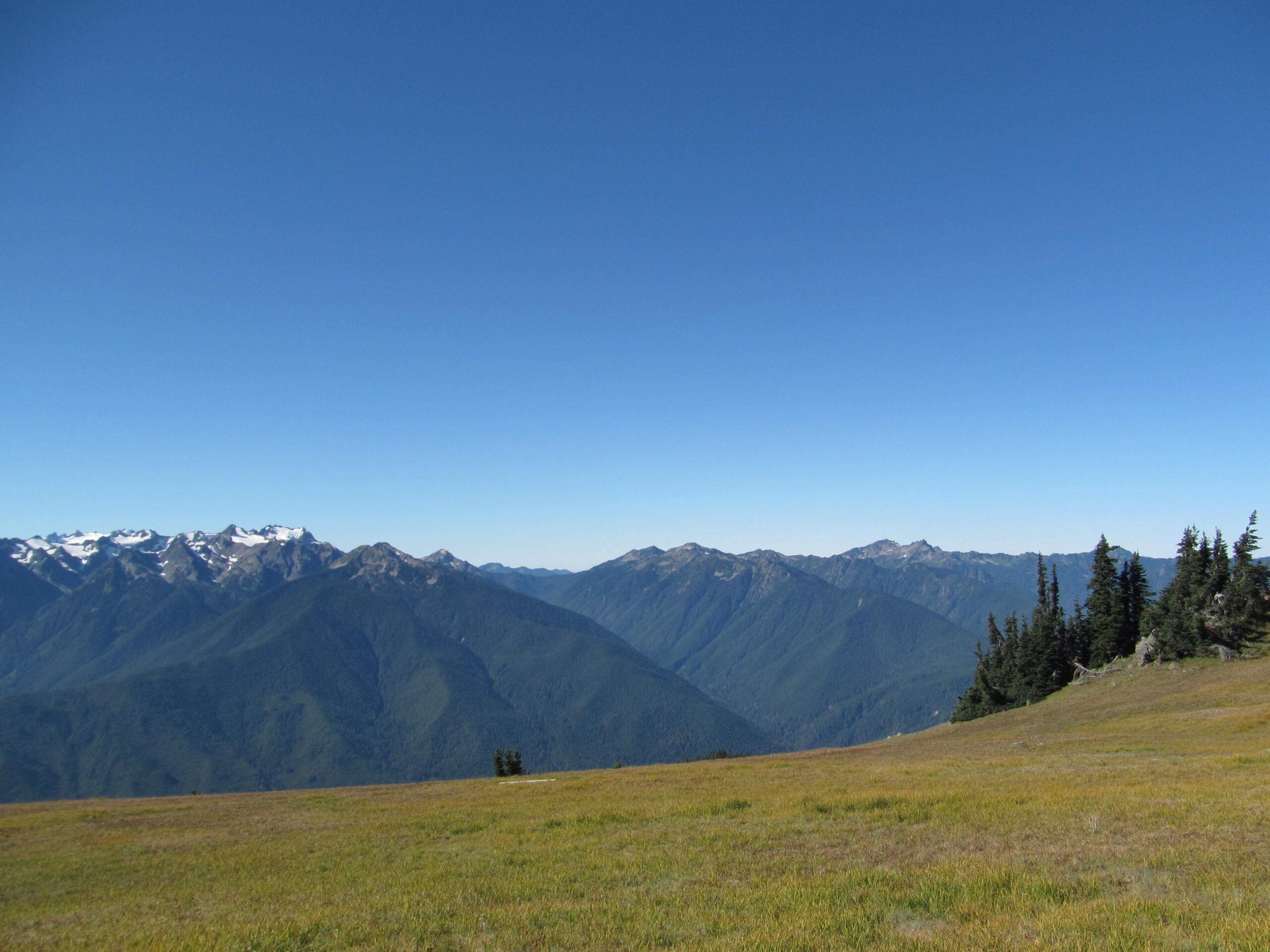Olympic National Park trail heads serve as gateways to the park’s diverse ecosystems, from lush rainforests to rugged coastlines and alpine meadows. These access points provide visitors with starting locations for various hiking trails, ranging from easy walks to challenging backcountry adventures. Trail heads often feature parking areas, informational kiosks, and sometimes restroom facilities. They play a crucial role in helping hikers navigate the park’s vast wilderness and enjoy its natural beauty safely.
What Are the Most Popular Olympic National Park Trail Heads?

Olympic National Park boasts numerous trail heads, each offering unique experiences. Here are some of the most popular ones:
- Hurricane Ridge Trail Head
- Location: End of Hurricane Ridge Road
- Elevation: 5,242 feet
-
Trails: Hurricane Hill, Klahhane Ridge, High Ridge
-
Hoh Rain Forest Visitor Center Trail Head
- Location: Upper Hoh Road
-
Trails: Hall of Mosses, Spruce Nature Trail, Hoh River Trail
-
Sol Duc Falls Trail Head
- Location: Sol Duc Valley
-
Trail: 0.8-mile roundtrip to Sol Duc Falls
-
Rialto Beach Trail Head
- Location: La Push Road
-
Trails: Hole-in-the-Wall, coastal beach walks
-
Lake Crescent Trail Head
- Location: Near Lake Crescent Lodge
- Trails: Marymere Falls, Moments in Time, Spruce Railroad Trail
Where Can I Find GPS Coordinates for Olympic National Park Trail Heads?

Finding accurate GPS coordinates for Olympic National Park trail heads can be crucial for navigation. Here’s a table with some popular trail heads and their coordinates:
| Trail Head | Latitude | Longitude |
|---|---|---|
| Hurricane Ridge | 47.9697° N | 123.4983° W |
| Hoh Rain Forest Visitor Center | 47.8604° N | 123.9350° W |
| Sol Duc Falls | 47.9684° N | 123.8022° W |
| Rialto Beach | 47.9178° N | 124.6382° W |
| Lake Crescent | 48.0573° N | 123.8050° W |
For more detailed coordinates, it’s recommended to consult official park resources or use GPS-enabled hiking apps.
How Accessible Are Olympic National Park Trail Heads?
Accessibility varies among Olympic National Park trail heads. Some offer wheelchair-friendly paths, while others may be more challenging. Here’s an overview:
Wheelchair-Accessible Trail Heads:
- Hurricane Ridge Visitor Center: Paved trails with scenic viewpoints
- Madison Falls: Short, paved trail in the Elwha Valley
- Hoh Rain Forest Visitor Center: Hall of Mosses Trail (partially accessible)
Moderately Accessible Trail Heads:
- Sol Duc Falls: Well-maintained trail, but with some elevation gain
- Rialto Beach: Sandy terrain, but relatively flat
Challenging Trail Heads:
- Mount Storm King: Steep and strenuous
- Seven Lakes Basin: Backcountry trail with significant elevation changes
It’s always best to check with park rangers or the official website for the most up-to-date accessibility information.
What Parking Facilities Are Available at Olympic National Park Trail Heads?
Parking availability at Olympic National Park trail heads can vary greatly. Here’s what you need to know:
- Popular Trail Heads (e.g., Hurricane Ridge, Hoh Rain Forest):
- Large parking lots
- Often fill up during peak season (summer weekends)
-
Arrive early to secure a spot
-
Less-visited Trail Heads:
- Smaller parking areas
-
May be unpaved or have limited spaces
-
Backcountry Trail Heads:
- Limited parking
- Sometimes just a small pull-off area
Parking Tips:
- Display your park pass or entrance receipt on your dashboard
- Follow all posted parking regulations
- Consider carpooling during busy periods
- Have a backup plan in case your first-choice trail head is full
Where Can I Find Maps of Olympic National Park Trail Heads?
Finding reliable maps is essential for navigating Olympic National Park’s trail heads. Here are some resources:
- Visitor Centers:
- Olympic National Park Visitor Center (Port Angeles)
- Hurricane Ridge Visitor Center
-
Hoh Rain Forest Visitor Center
-
Online Resources:
- National Park Service Official Website
- Washington Trails Association
-
Mobile Apps:
- NPS App (official National Park Service app)
- Gaia GPS
-
Hiking Project
-
Local Outdoor Stores:
- Often sell detailed topographic maps of the area
Remember to download offline maps if you’re heading into areas with limited cell service.
What Safety Precautions Should I Take at Olympic National Park Trail Heads?
Safety should be a top priority when visiting Olympic National Park trail heads. Here are some essential precautions:
- Check Trail Conditions:
- Visit the park’s official website or speak with rangers
-
Be aware of any closures or warnings
-
Prepare Properly:
- Bring the Ten Essentials (navigation, sun protection, insulation, illumination, first-aid supplies, fire starter, repair kit and tools, nutrition, hydration, emergency shelter)
-
Wear appropriate footwear and clothing
-
Inform Others:
- Let someone know your hiking plans and expected return time
-
Consider using a satellite communication device in remote areas
-
Wildlife Awareness:
- Store food properly to avoid attracting animals
-
Know how to react if you encounter wildlife (e.g., bears, mountain lions)
-
Leave No Trace:
- Pack out all trash
- Stay on designated trails to protect fragile ecosystems
By following these guidelines, you can help ensure a safe and enjoyable experience at Olympic National Park trail heads.
How Can I Contribute to Trail Head Maintenance in Olympic National Park?
Maintaining Olympic National Park trail heads is crucial for preserving access to the park’s natural wonders. Here are ways you can contribute:
- Volunteer Opportunities:
- Join park-organized trail maintenance events
- Participate in invasive plant removal projects
-
Assist with visitor education at popular trail heads
-
Donations:
- Contribute to the Washington’s National Park Fund
-
Support local conservation organizations
-
Responsible Use:
- Follow Leave No Trace principles
- Report trail damage or hazards to park rangers
-
Participate in ‘pack it in, pack it out’ programs
-
Citizen Science:
- Contribute to wildlife observation programs
- Participate in phenology studies to track seasonal changes
By getting involved, you can help ensure that Olympic National Park trail heads remain accessible and well-maintained for future generations of hikers and nature enthusiasts.
References:
1. National Park Service – Olympic National Park
2. Washington Trails Association
3. AllTrails – Olympic National Park
4. Washington’s National Park Fund

